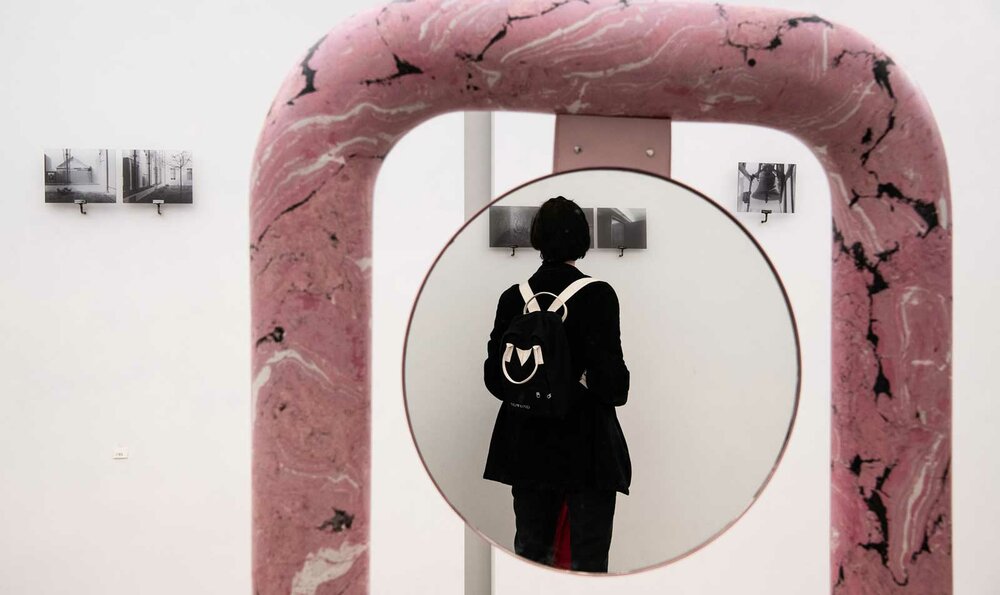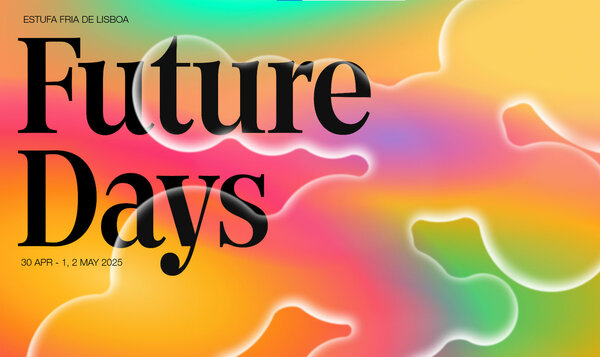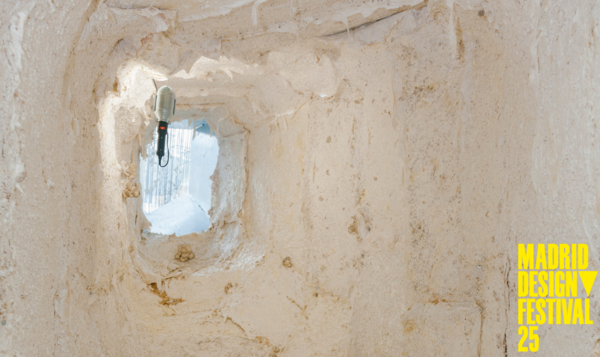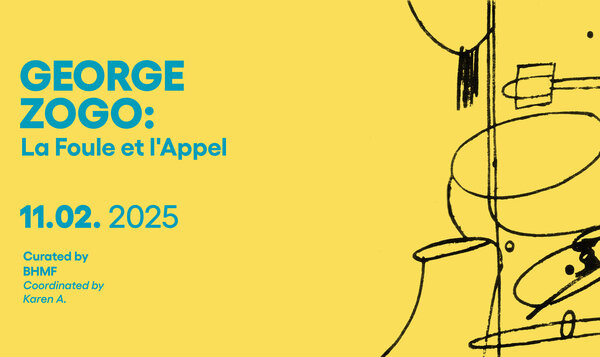Working in a museum is not just an occupation, but a unique experience that makes it possible to immerse yourself in the historical roots of our country on a daily basis.

Working in a museum: opportunities, challenges and how to get started
Date
25 September 2024
Preserving an unparalleled cultural heritage, Italy boasts some of the world's most renowned museums, which not only attract millions of visitors, but also provide a thriving source of professional opportunities for those who are passionate about art, history and culture.
The people that work in museums and what they do
The world of museums offers a wide variety of professional roles, each of which are essential to the operation and success of the institution. The main professional roles that in this sector include:
- Curator: responsible for the selection, interpretation and care of the museum's collections.
- Restorer: deals with the conservation and restoration of works of art such as frescoes and sculptures of different types.
- Museum educator: develops and conducts educational programmes for visitors of all ages. Many institutions, for example, create interactive experiences to explain complex scientific concepts to even very young children.
- Head of Marketing and Communication: responsible for online and offline promotion of the museum and its activities.
- Receptionist: is the first point of contact for visitors and is responsible for providing them with information and assistance. In large museums, these professionals manage flows of thousands of visitors per day.
Opportunities and challenges of museum work
Working in a museum offers a number of advantages that attract many professionals and culture enthusiasts. One of the main benefits is the opportunity to work in a stimulating cultural environment, surrounded by works of art, historical artefacts and objects of great value. This direct contact with art and history can be extremely rewarding and personally and professionally enriching. Furthermore, professionals often have the opportunity to participate in conferences, workshops and temporary exhibitions, thereby constantly expanding their knowledge.
At the same time, working in a museum can be challenging. One of the most important is competition for available positions. Internal organisation is often rather static, which can make access to stable and well-paid positions difficult. Another major challenge is the need for constant updating, now more than ever. The world of museums is constantly evolving, with new technologies and methodologies that require professionals to keep up to date.
Generally speaking, large cities such as Rome, Milan and Florence offer better opportunities, thanks to the presence of internationally renowned museums and a steady flow of tourists.
Requirements and training for working in a museum
The requirements for embarking on a career in the museum sector depend on the specific position, but generally focus on a few fundamental elements. A solid academic background is essential, typically a degree in relevant fields such as Art History, Cultural Heritage, Archaeology, or Conservation and Restoration. But that's not all. Working in a museum today also means knowing how to manage comprehensive online communications, promoting artistic heritage through various channels (especially social media) to attract and engage an increasingly diverse and global audience.. In response to these needs, IED and the Aldo Galli Academy of Fine Arts offer a wide range of courses and master courses specifically designed for those wishing to embark on or further their careers. Among the various educational programmes are the Master Course in Arts Management, conceived to provide the managerial skills aimed at the cultural sector, the course in Art Registrar, to become an expert in the management and handling of cultural heritage, and the Master Course in Curatorial Practice, to learn how to curate an exhibition from the creative idea to implementation.
Moreover, the three-year degree course in Communication and Promotion of Contemporary Artistic Heritage (in italian language) provides comprehensive training for those who wish to specialise in communication in the cultural and artistic world, including the possibility of working directly with companies and institutions. These are just some of the training programmes that focus on providing the necessary knowledge to meet the current challenges of the sector while also preparing professionals to anticipate and manage future changes in the museum world.
How to embark on a career in a museum
Pursuing a career in the museum sector requires a combination of academic training, practical experience and networking. For those who are just starting out on this career path, here are some practical tips that can make all the difference:
- Traineeships and internships: many museums offer internship programmes. For example, the Uffizi Gallery in Florence has an internship programme for university students.
- Volunteering: volunteering is a great way to gain experience and make contacts. FAI (Fondo Ambiente Italiano) offers numerous volunteer opportunities throughout Italy.
- Networking: attending conferences, workshops and industry events can help build a network of professional contacts.
- Practical experience: look for opportunities to work on specific projects, such as the organisation of local exhibitions or the cataloguing of private collections.
The application process for museum positions often includes the submission of a detailed CV and, for specialised roles, a portfolio of previous work. Public museums in Italy recruit through public sector examinations, whereas private museums may have more direct selection processes.
If you are looking for opportunities in major Italian cities, you should regularly consult the websites of the most important museums. It is also useful to monitor the official portals dedicated to public sector examinations and job offers in the cultural and museum sector. Among these, the website of the Ministry of Culture (MiC) is a key resource, as it publishes notices of calls for application for open positions (in italian language) in the sector.
Other valuable sources are the specific websites of public administration bodies: such as that of the Region where you want to work, which often publishes regional notices, and the website of your city or municipality, which may offer information on local calls for application.
Salary and career prospects
Career prospects in the museum sector can be interesting and varied. A typical career trajectory may start with Assistant roles, progress to Associate Curator or Senior Educator positions, and culminate in leadership roles such as Chief Curator or Museum Director.
The differences in earnings between the major cities and the rest of Italy can be significant. For example, a curator in Rome or Milan might earn 20-30% more than a colleague with similar experience in a smaller city. However, it is also important to consider the cost of living: while salaries in Milan may be higher, the cost of housing is notoriously high, which may offset the salary difference.
Are you passionate about art and wish to turn your passion into a career in the museum world? Discover IED's specialised courses to help shape your professional future in the cultural sector.








